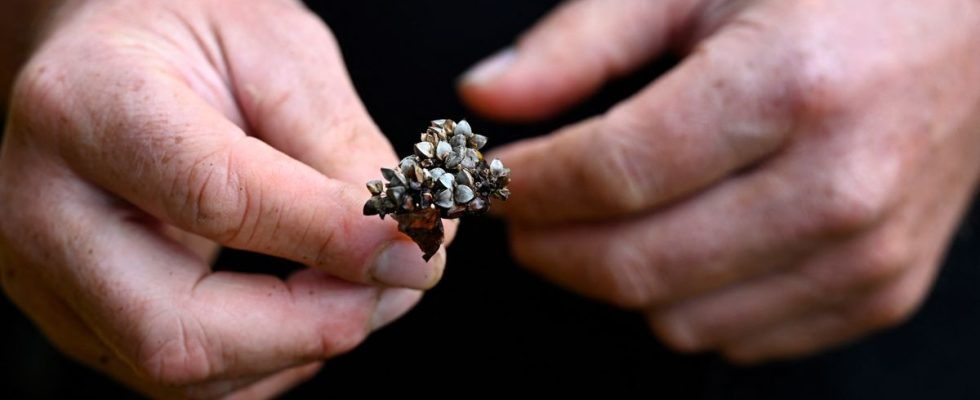Without this plant, the Bretons would remain a little hungry. Because without buckwheat, there is no buckwheat flour, the basic ingredient for making pancakes, an essential dish of Breton gastronomy. According to legend, this plant originating from Asia was introduced into the region during the Crusades in the 12th century before being popularized by Anne of Brittany at the end of the 15th century. Buckwheat appreciating the acid soils of Brittany and requiring little work, the Duchess had indeed encouraged its cultivation to ward off famine. In its wake, production then developed in the region until it reached 370,000 hectares in the 1900s.
But after the Second World War, farmers gradually abandoned buckwheat in favor of other more profitable crops such as wheat or corn. Practically disappeared from the fields, the plant, which belongs like sorrel or rhubarb to the Polygonaceae family, has found a second youth in recent years. We owe this revival in particular to a group of producers and millers in the region who fought to defend Breton buckwheat flour, which was awarded an IGP (Protected Geographical Indication) label in 2010.
70% of the buckwheat consumed comes from abroad
Local production has since been around 3,000 tons per year. On the rise, this buckwheat harvest is however far from satisfying the appetite of the Bretons who consume 11,000 tonnes of it each year, ie 3.5 times more than the French average. As a result, 70% of the buckwheat used in the region now comes from abroad, mainly from Eastern Europe (Russia, Ukraine, Poland, etc.), Asia or Canada.
Apart from the Blé Noir Tradition Bretagne association, other players are also trying to relocate this production. This is the case of Pierre-Yves Héluard who grows organic buckwheat in Pont-Péan near Rennes. A time interested in market gardening, the 30-year-old finally embarked on the adventure of buckwheat in 2019, attracted by its many assets. “It’s a plant that grows very quickly and doesn’t require a lot of maintenance,” he says. It is also good for the environment because it does not require a lot of water. And it also cleans the fields, which is interesting when you’re in organic farming and you don’t use any input. »
“There is a strong demand”
At the beginning of May, the grower will sow new seeds which he will harvest about 100 days later. He will then transform the buckwheat into flour which he uses to produce pancakes directly on his farm with his wife. “We also grow a little wheat, malting barley and oats, but buckwheat still represents three-quarters of our business,” says the farmer-cake maker, who makes 5,000 cakes every week.
Arnaud Chenard also knows his stuff. Manager of the Moulin de la Fatigue in Vitré, he supplies IGP buckwheat flour to many crêperies in the region. He therefore sees very favorably the relocation of buckwheat production to France. “It is certainly not a very profitable product but we see that production is progressing each year and it is a very good thing because there is a strong demand”, indicates the miller, recalling in passing that the complete cake won the competition for the favorite regional dish of the French organized by RTL during the last agricultural show.

